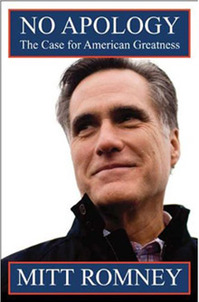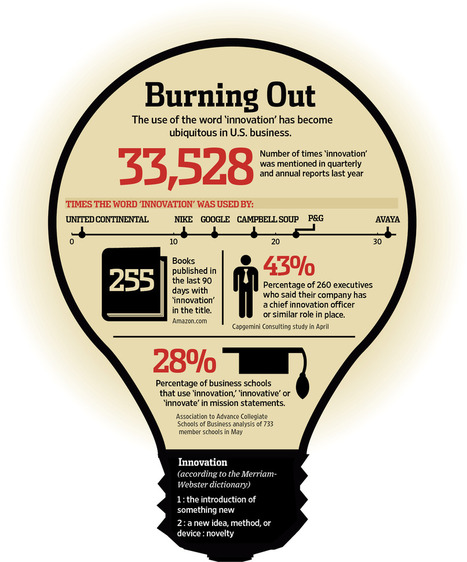Source of book image: http://si.wsj.net/public/resources/images/OB-RQ412_bkrvme_DV_20120202132402.jpg
Eric Topol has bucked the medical establishment before. In entries on August 20, 2006 and on December 26, 2006 on this blog, he was quoted as arguing that stents were being overused. Now he argues that the medical establishment is slowing progress that could reduce disability and extend life. He advocates the sequencing of each of our genomes and a medical revolution that will fine-tune treatment to our genomic differences.
Many agree with Topol’s view of the future of medicine, but many medical schools are neglecting teaching future doctors about the therapeutic implications of individual genomics.
Topol calls for the creative destruction of medical education and other medical institutions.
The early part of the book is weak because it discusses subjects on which Topol is not an expert—such as the history and applications of information technology. In these sections, he too often tediously explains the obvious and widely known. Sometimes in this section of the book, he is just wrong, as when (p. 14) he claims that Werner Sombart originated “creative destruction.”
After the early chapters the book comes into its own when Topol discusses medical advances and challenges. While his early prose may be aimed too low, his later prose may be aimed too high—but it is better to be talked up to than down to, and the best of the later chapters contain some fascinating descriptions of what is happening on the frontiers of medicine, and what could be happening if we change policies and institutions to make medicine more open to creative destruction.
In the following few weeks, I will be quoting several of the more important or thought-provoking passages.
Book discussed:
Topol, Eric. The Creative Destruction of Medicine: How the Digital Revolution Will Create Better Health Care. New York: Basic Books, 2012.





